Challenges 2023 - 2024 Semester 2
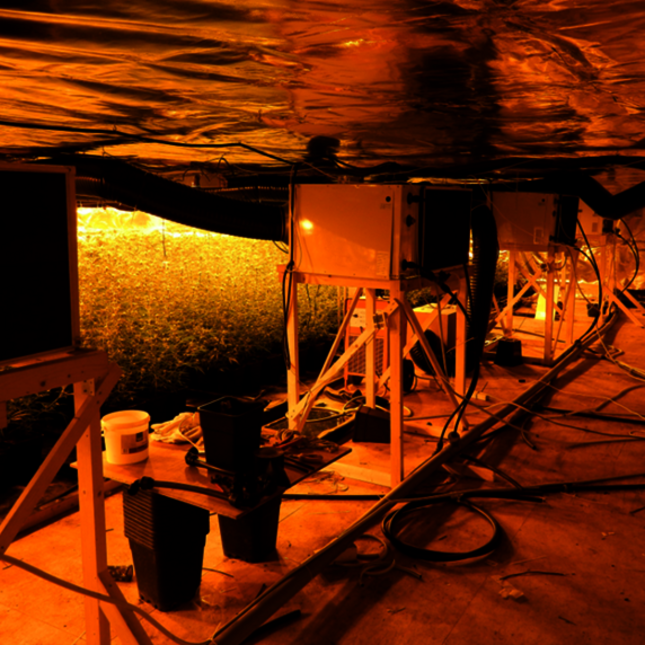
1. The underground challenge
Challenge owner: Dutch police
Summary: Drug production in The Netherlands does not seem to be increasing, while we are encountering fewer production sites. This makes us believe that more and more drug production sites are moving to underground locations. Existing detection tools are no longer adequate. Our challenge is to develop a technical tool to detect underground drug production sites and catch the people involved.
Can be chosen by students from: BME, AUBS, EE & MST.
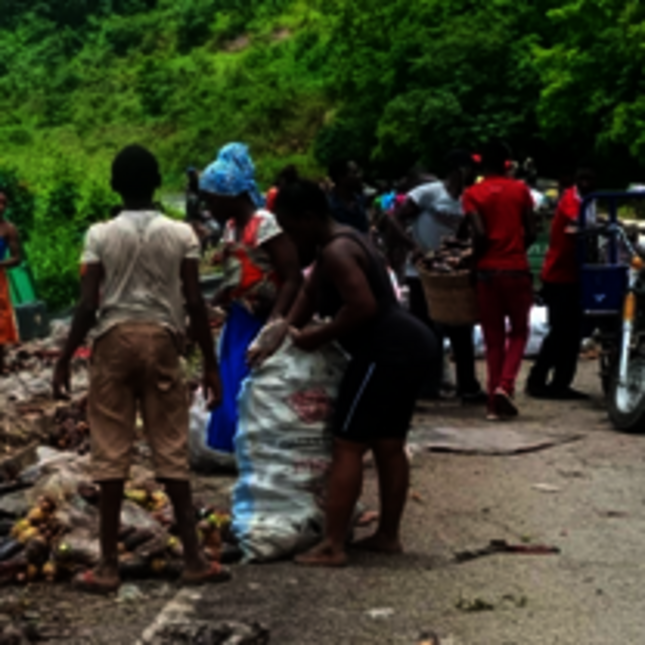
2. Waste to Infrastructure & Other Applications
Challenge owner: Engineering Without Borders
Description: You can find the long description here.
Summary: The Waste to Infrastructure project is an Engineers Without Borders NL initiative to work with partners in West Africa to turn the huge plastic waste problem into an entrepreneurial opportunity. Together with local businesses in West Africa, EWB-NL is looking to build a consortium of stakeholders in plastic waste to share knowledge and coordinate activities.
Can be chosen by students from: AUBS, IE, ME & SI.
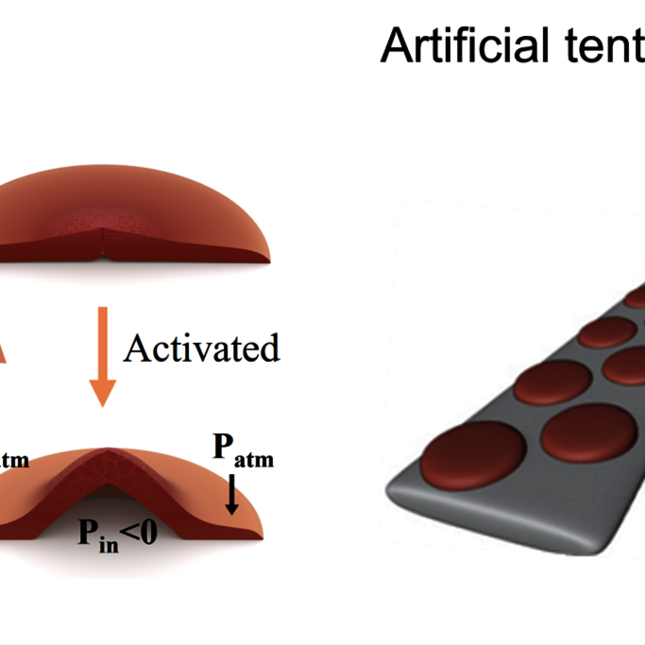
3. Adaptive soft robotics
Challenge owner: Human Interactive Materials
Description: You can find the long description here.
Summary: Soft robotics is a relatively new subfield of robotics, which can fill the gap in the adaptability of manipulators to the environment. Inspired by the octopus tentacles, we aim to develop artificial tentacles embedded in electric sensing and actuation functions by coupling the conductive materials and responsive materials.
Can be chosen by students from: AM, CE&C, EE, ID & ME.

4. The Gate Venue 2030
Challenge owner: The Gate
Description: You can find the long description here.
Summary: The Gate is the TU/e venue for tech startups in the Brainport region. The building is old-fashioned and needs an overhaul to make it more sustainable and a showcase of the sustainable solutions that are already possible.
Can be chosen by students from: AUBS, CS&E, DS, EE, ID & PT.

5. From Photonics to Agriculture
Challenge owner: Photonic Integration research group, and Eindhoven Hendrik Casimir Institute (EHCI)
Description: You can find the long description here.
Summary: You can see in your daily life that we are not sustainable enough. However, you notice that each day we demand more and more from our world. What would you say if I stated that new technology exists to get things faster and greener at the same time? Photonic Integrated Circuits is a technology that harnesses the power of light to create energy-efficient, faster, and more accurate microchips. It enables new functionalities to achieve a more sustainable world.
Can be chosen by students from: AP, AM, AT, EE & ME.

6. Portable responsive horticultural device
Challenge owner: TU Eindhoven/HAS Den Bosch
Description: You can find the long description here.
Summary: Our world has seen quite a few cases lately in which food became scarcely available to people in emergency areas. For those people, having a collapsible plant growth device that can be transported to them could be life-saving. Our challenge is to come up with a first idea and prototype of such a growth device for optimizing growth conditions of horticultural crops (a portable high-tech greenhouse).
Can be chosen by students from: AUBS, CE&C, CS&E, EE, IE & PT.

7. Energy transition
Challenge owner: Neways
Description: You can find the long description here.
Summary: The demand and supply of electricity and heat do not match in time with overload in the network as a result while storage capacity is not used. This leads to consumers buying electricity when it is expensive and supplying it when no one needs it at low or maybe even negative prices. In this challenge, we will look into using green hydrogen created with an electrolyzer to assist in the energy transition. The focus will be on the energy system in a house or a street.
Can be chosen by students from: AUBS, AT, CE&C, DS, EE, ID, IE, PT, SI & ME.
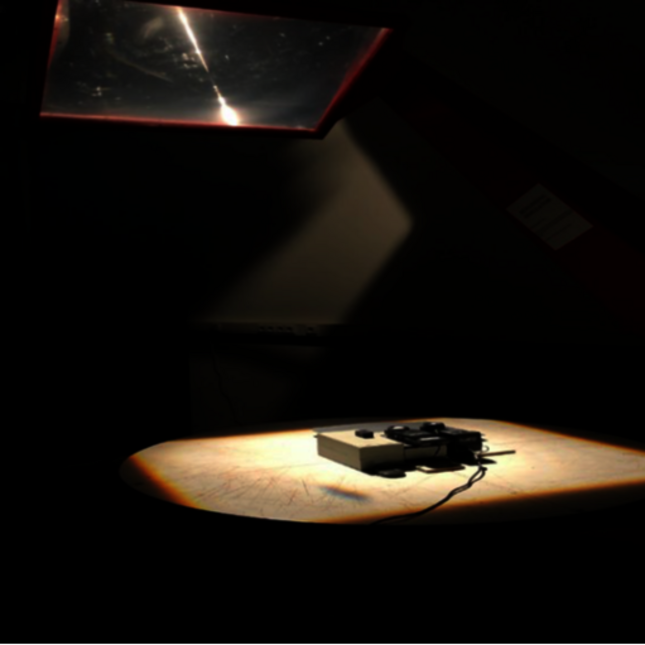
8. Advancing the sun simulator setup
Challenge owner: Eindhoven University of Technology in collaboration with the Intelligent Lighting Institute (ILI)
Description: You can find the long description here.
Summary: Light is a crucial element in the day lives of all people, whether it be for biological reasons, working conditions, safety, or aesthetic pleasure. However, we spend 90% of our time indoors. Therefore it is important to design indoor spaces that allow sunlight to enter. On the TU/e campus, a solar simulator setup is used for allowing people to experience visually and physically the presence of sunlight in indoor spaces. The simulator is however massively outdated, and new ways of demonstrating physically the presence of light in buildings is needed. The system can make use of both new and existing components.
Can be chosen by students from: AT, AUBS, DS, EE, ID, IE, AM & ME.
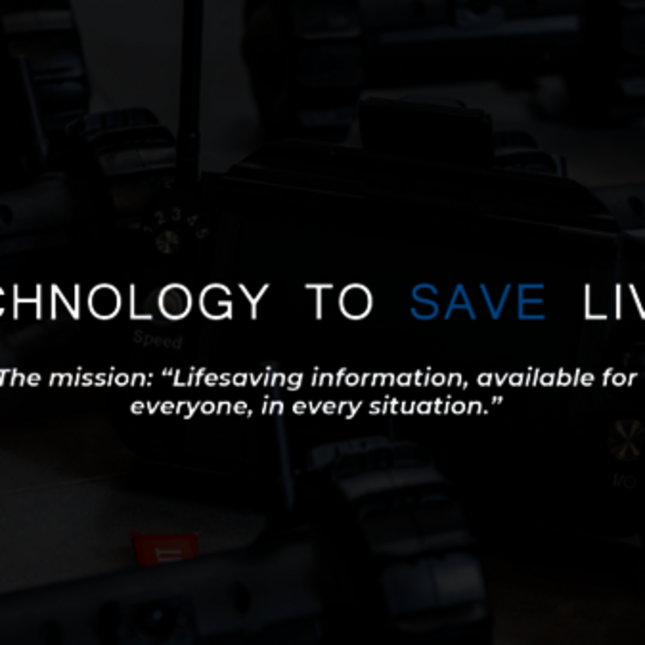
9. Autonomous Information Network
Challenge owner: Sita Robotics X TMC
Description: You can find the long description here.
Summary: We are building robots that can explore dangerous environments before people have to enter. In the near future, this robot will have the need for more autonomous features, enabling the use of more robots simultaneously and therefore creating a higher efficiency. For this concept the controller needs to be redesigned and research needs to be done what is needed for edge-computing on the robots and which computing is needed for this idea. Besides a more high-level design is needed to see what capabilities we would like to give to the client and what we can do autonomously.
Can be chosen by students from: AT, AM, AUBS, CS&E, DS, EE, ID, PT & ME.

10. Classification of robot pickable products in logistics
Challenge owner: Vanderlande Industries B.V.
Description: You can find the long description here.
Summary: Every day, Bol.com alone delivers more than one million packages to people in The Netherlands. These packages all need to be picked from warehouses. Vanderlande’s Smart Item Robot can typically pick around 60-90% of all the different types of packages, and for the other items a human worker is informed at the moment this picking is impossible. In order to make this process more efficient, a classification of pickable items is needed. In this challenge, students will explore ways of automatically classifying an item set (of typically > 50.000 items) of our customers.
Can be chosen by students from: CS&E, DS, EE, ID, PT, IE & ME.
2023-2024 Semester 1

1. No water - no cofffee
Challenge owner: Brewanda
Description: You can find the long description here.
Summary: Coffee production in Rwanda is by far the largest agricultural export of the country. Coffee is produced by some 500.000 farmers. A major issue for them is water management, as all these farmers make use of relatively large water streams. This challenge focuses on finding solutions for sustainable water management to improve the local livelihood of Rwanda’s farmers and other citizens.
Can be chosen by students from: AT, AUBS, EE, SI, IE
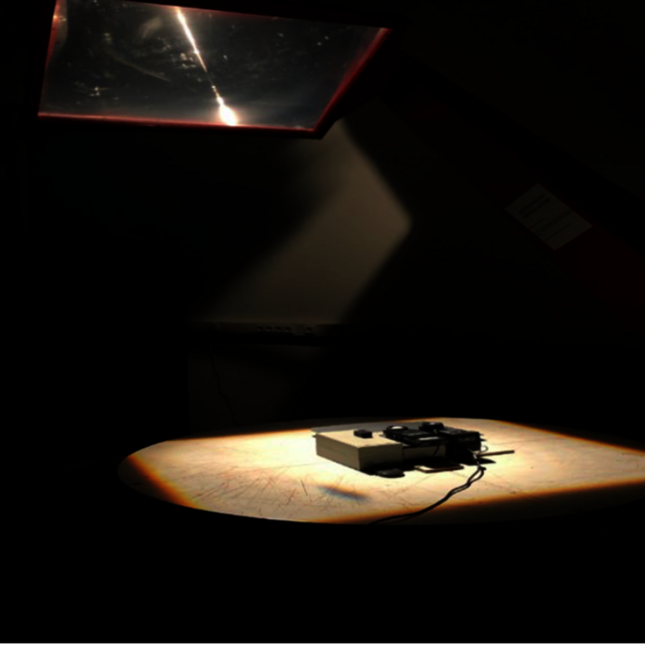
2. Advancing the sun simulator setup
Challenge owner: Intelligent Lighting Institute
Description: You can find the long description here.
Summary: Light is a crucial element in the daily lives of all people, whether it be for biological reasons, working conditions, safety, or aesthetic pleasure. However, we spend 90% of our time indoors. Therefore it is important to design indoor spaces that allow sunlight to enter. On the TU/e campus, a solar simulator setup is used for allowing people to experience visually and physically the presence of sunlight in indoor spaces. The simulator is however massively outdated, and new ways of demonstrating physically the presence of light in buildings are needed. The system can make use of both new and existing components.
Can be chosen by students from: AT, AUBS, DS, EE, ID, IE, AP, AM, ME
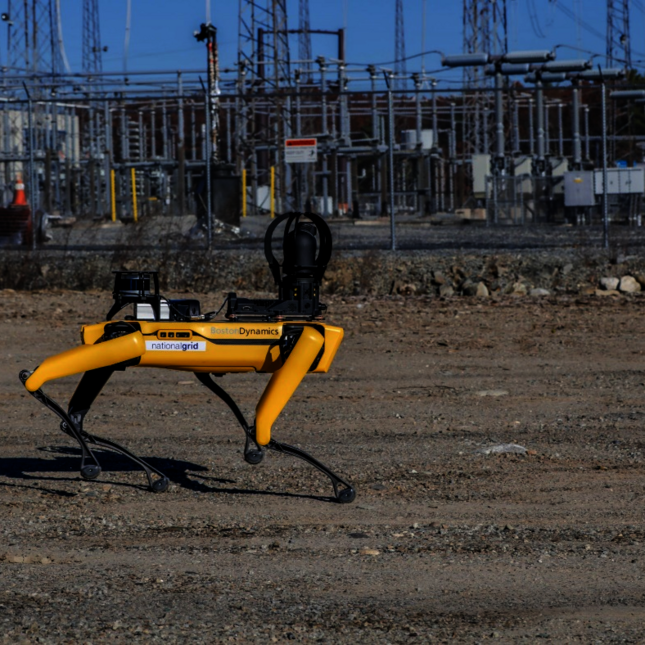
3. Spot K9 Switch Yard Inspection
Challenge owner: Core Changemakers
Description: You can find the long description here.
Summary: CORE is, in cooperation with ProRail working towards the automation of rail yard inspection of train cars and containers using a Boston Dynamics Spot-robot. This robot can collect data on dangerous substances leaking from containers, the presence of (un)authorized personnel and discrepancies between maps and reality. The robot will behave partly autonomously and will partly be controlled by a human, and the challenge is to find the best way to do this.
Can be chosen by students from: AT, AUBS, CS&E, DS, EE, PT, ME
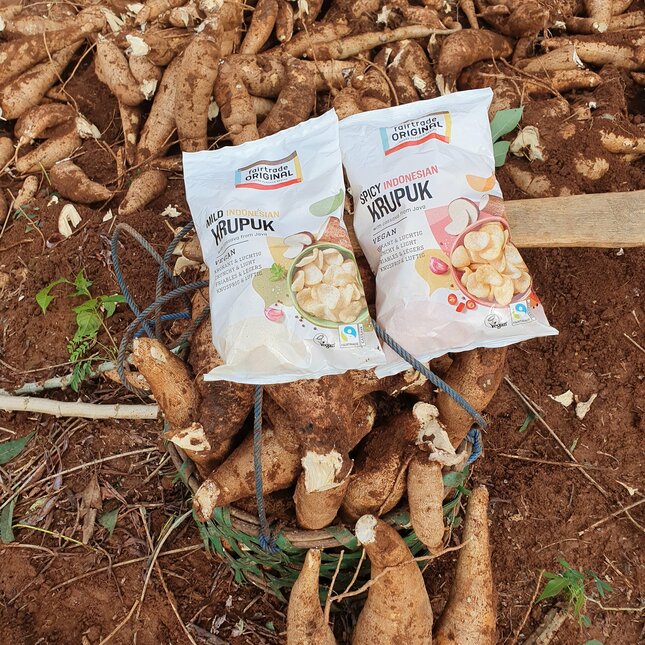
4. Automatic cassava peeler Indonesia
Challenge owner: Fairtrade Original for tapioca mill in Patia, Java, Indonesia
Description: You can find the long description here.
Summary: Fairtrade original is working with cassava farmers in Indonesia as this is the raw material for krupuk. Importantly, large cassava roots need to be processed within 24 hours after harvest into tapioca flour, otherwise they cannot be used anymore. This poses problems as the hand peeling process is very labor intensive, there is a labor shortage, which leads to many roots ending up unpeeled. This creates a preventable loss, if only there was a solution that allows for a more efficient use of the cassava roots.
Can be chosen by students from: AT, EE, PT, IE

5. Next gen hairscan
Challenge owner: Haardokters BV
Description: You can find the long description here.
Summary: The way people feel about their appearance has an impact on their general happiness. Having a condition that makes one lose their hair could generate feelings of uncertainty and depression. In order to help these people, a treatment is possible. However, not all treatments work on all people, and that’s why we need to be able to reliably scan the state of (a piece of) their head. Doing this at the same spot periodically is a challenge, as no technological system that allows for that currently exists.
Can be chosen by students from: AT, BME, EE, ID, MST, PT, IE

6. Quetal
Challenge owner: Van Mierlo Ingenieursburea
Description: You can find the long description here.
Summary: Elderly people who are living independently at home tend to struggle with similar elements of their daily lives: eating healthily, maintaining social contacts, and physical movement/exercise. Detecting potential problems at an early stage might help in providing predictive care so they can live independently for as long as possible. To achieve this, a collection of sensors could be placed in the house that track their behavior and alert caregivers of potential problems. At the same time, this system should provide a feeling of comfort to the elderly, rather than a feeling of being watched.
Can be chosen by students from: AUBS, CS&E, DS, EE, PT, IE, ME
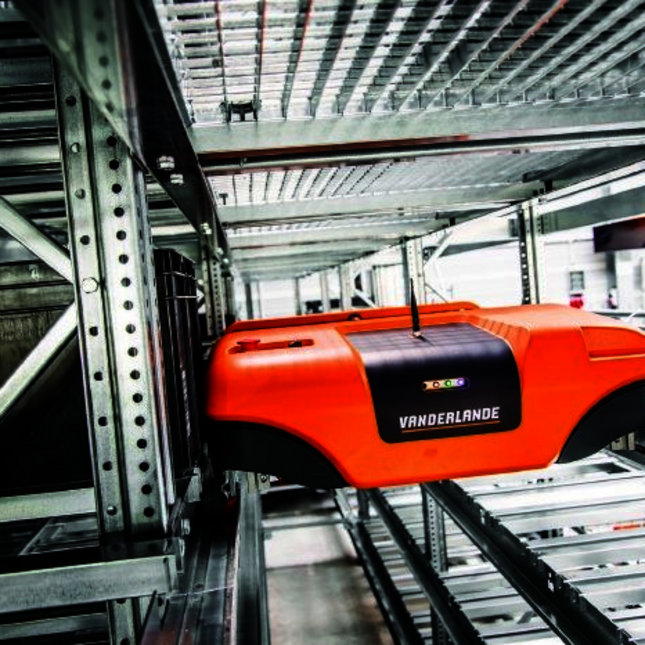
7. Classification of robot pickable products in logistics
Challenge owner: Vanderlande Industries B.V.
Description: You can find the long description here.
Summary: Every day, Bol.com alone delivers more than one million packages to people in The Netherlands. These packages all need to be picked from warehouses. Vanderlande’s Smart Item Robot can typically pick around 60-90% of all the different types of packages, and for the other items a human worker is informed at the moment this picking is impossible. In order to make this process more efficient, a classification of pickable items is needed. In this challenge, students will explore ways of automatically classifying an item set (of typically > 50.000 items) of our customers.
Can be chosen by students from: CS&E, DS, EE, ID, PT, IE, ME
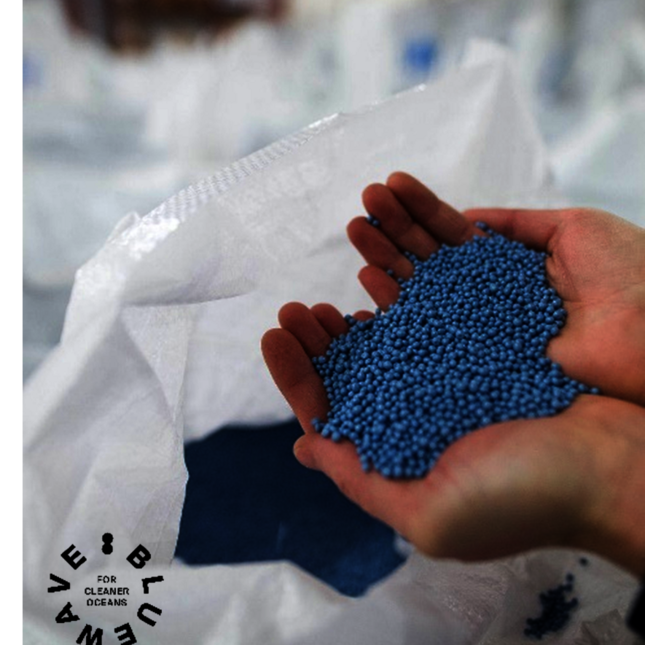
8. OCEAN BOUND PLASTICS
Challenge owner: Archwey - Bluewave Foundation
Description: You can find the long description here.
Summary: Eradicate the use of virgin plastics by designing the complete process of a fully sustainable and circular value chain for ocean bound plastic (BLUEWAVE®)! This project entails diligently selecting a suitable and innovative product (one with big impact and which can be made truly circular) and completely investigating its surrounding value chain. This entails aspects such as design, transport, production, legislation, waste management, etc. Do all this while keeping the complete life-cycle of the product in mind, from cradle to cradle!
Can be chosen by students from: ID, PT, CE&C, IE, ME
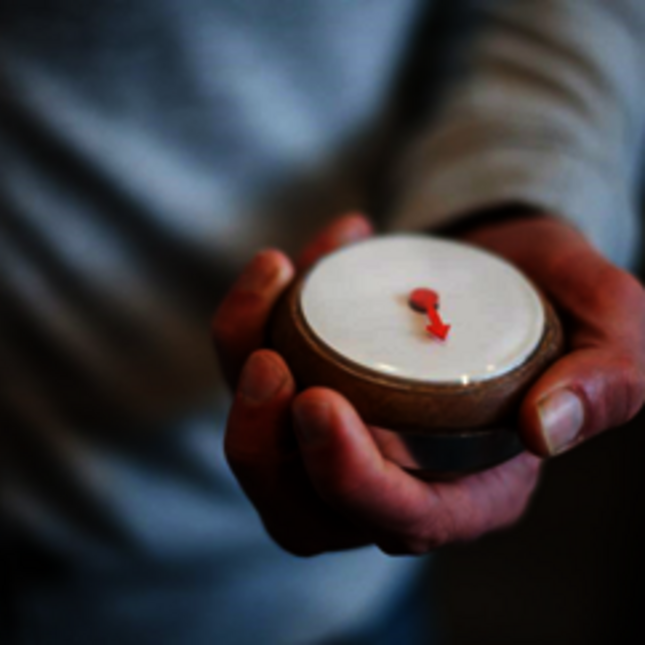
9. Warm Technology for People with Dementia
Challenge owner: Expertise Centre Dementia & Technology
Description: You can find the long description here.
Summary: People with dementia are often given tools that are supposed to enhance their lives, but those are often pretty ‘cold’ and static. The Warm Technology Challenge invites students to contribute innovative and ground-breaking examples of warm technology that can have a meaningful impact on the lives of people with dementia and their loved ones.
Can be chosen by students from: AUBS, CS&E, DS, EE, IS, PT, IE

10. Energy transition
Challenge owner: Neways
Description: You can find the long description here.
Summary: The demand and supply of electricity and heat do not match in time with overload in the network as a result while storage capacity is not used. This leads to consumers buying electricity when it is expensive and supplying it when no one needs it at low or maybe even negative prices. The challenge is to better balance demand and supply and estimate the optimum business case for a solution. In this project, we focus on the energy system in a house or a street, and try to find solutions that enable a more sustainable way of matching supply and demand.
Can be chosen by students from: AT, CS&E, EE, PT, CE&C, SI, IE, AM, ME